Image Quality
This section is going to be a bit longer than usual, as you’ll see that the lens has some multiple personalities, depending on aperture and focus distance. The lens does not render like a modern optic, so you won’t see razor-sharp high contrast at wide apertures. It has its fair share of lens aberrations, and no one is going to call pretty much any aspect of the optics perfect. However, I really like the images that come out of this lens, and I suspect that many others will as well, but you really need to know what you’re getting into with the 35mm f/1.4 Nokton – it will not be a lens for everyone.
Sharpness and Spherical Aberration
With such a compact lens with such a wide aperture, you’d expect there to be some compromises with regards to image quality, and there certainly are. It may seem odd to put spherical aberration in the sharpness section, but I’ve done so because at wide apertures, they are inexorably intertwined. The Nokton has quite a bit of spherical aberration at f/1.4, and still a visible amount at f/2, and this aberration increases the closer the lens is focused. When shot at a distance beyond 0.5m, the spherical aberration creates a pleasing glow to the image that reduces contrast and softens the rendering of details a touch. It’s not a great look for landscapes in most instances, but in my opinion is quite lovely for people shots, but this will be a very personal opinion. Thankfully, most landscape work is done stopped down, so it really won’t matter too much.
At these focus distances, despite the glow, the lens still resolves quite a good bit of detail, such that I would call image sharpness at f/1.4 good across about 85% of the frame in medium focused distances, and probably 70% of the frame near infinity. That drop-off towards infinity is due to field curvature, which is accentuated the further away you focus. The image below was taken at f/1.4 at a distance of around 2m. Click here for a 100% crop of the focus area.
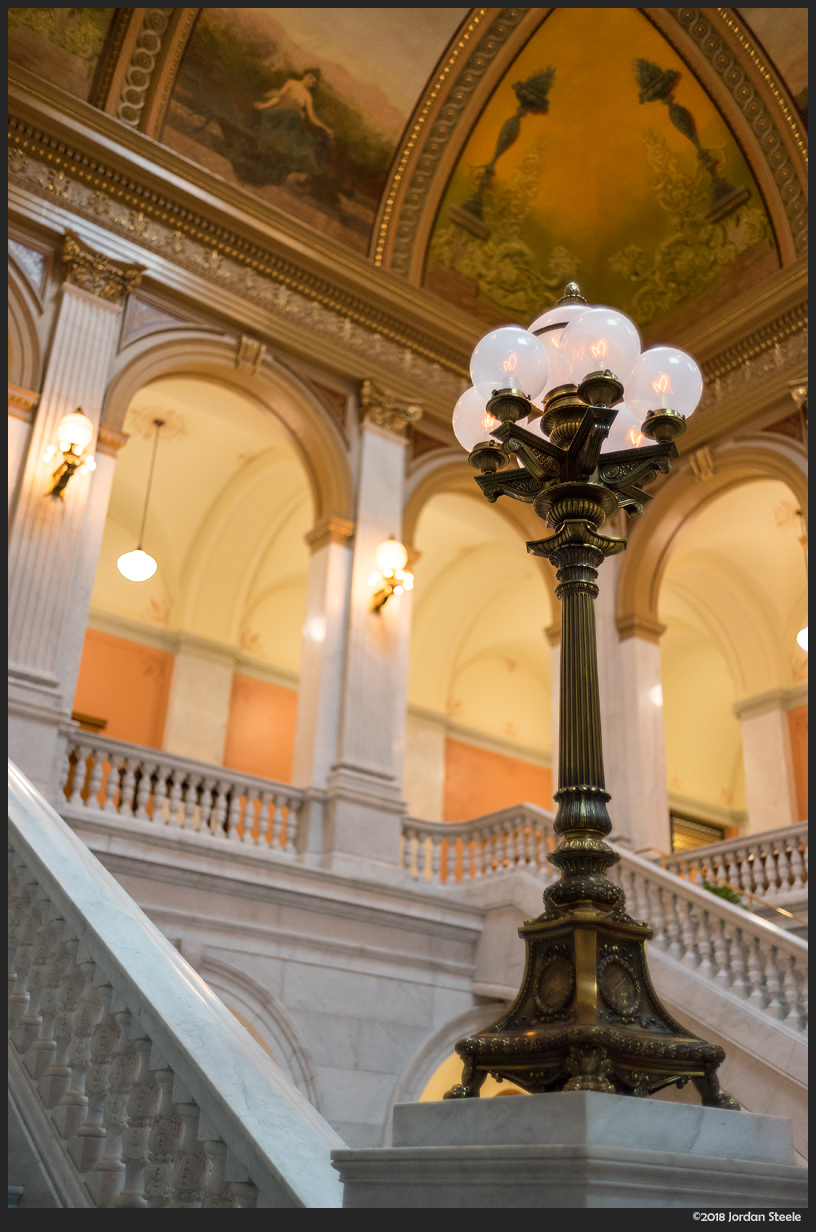
Stopping down to f/2, or even f/1.7, reduces spherical aberration, with just a touch of glow remaining, and increases the sharpness of the central 2/3 of the image, though corner sharpness doesn’t increase too much. By f/2.8-f/4, the lens is very sharp in the center, and on a good to very good level towards the edges. By f/8-f/11, the lens is on a very good level everywhere except the very furthest reaches of the corners, which are still a touch soft. For landscape work, I think you’ll find the lens quite competent, though it lacks the biting sharpness of lenses like the Zeiss Loxia line. Below is an image at f/8. Click here for a 100% crop near the central area, and here for a 100% crop near the lower right corner, which shows both the good resolution through most of the corner, and the soft drop-off in the very extreme corner.
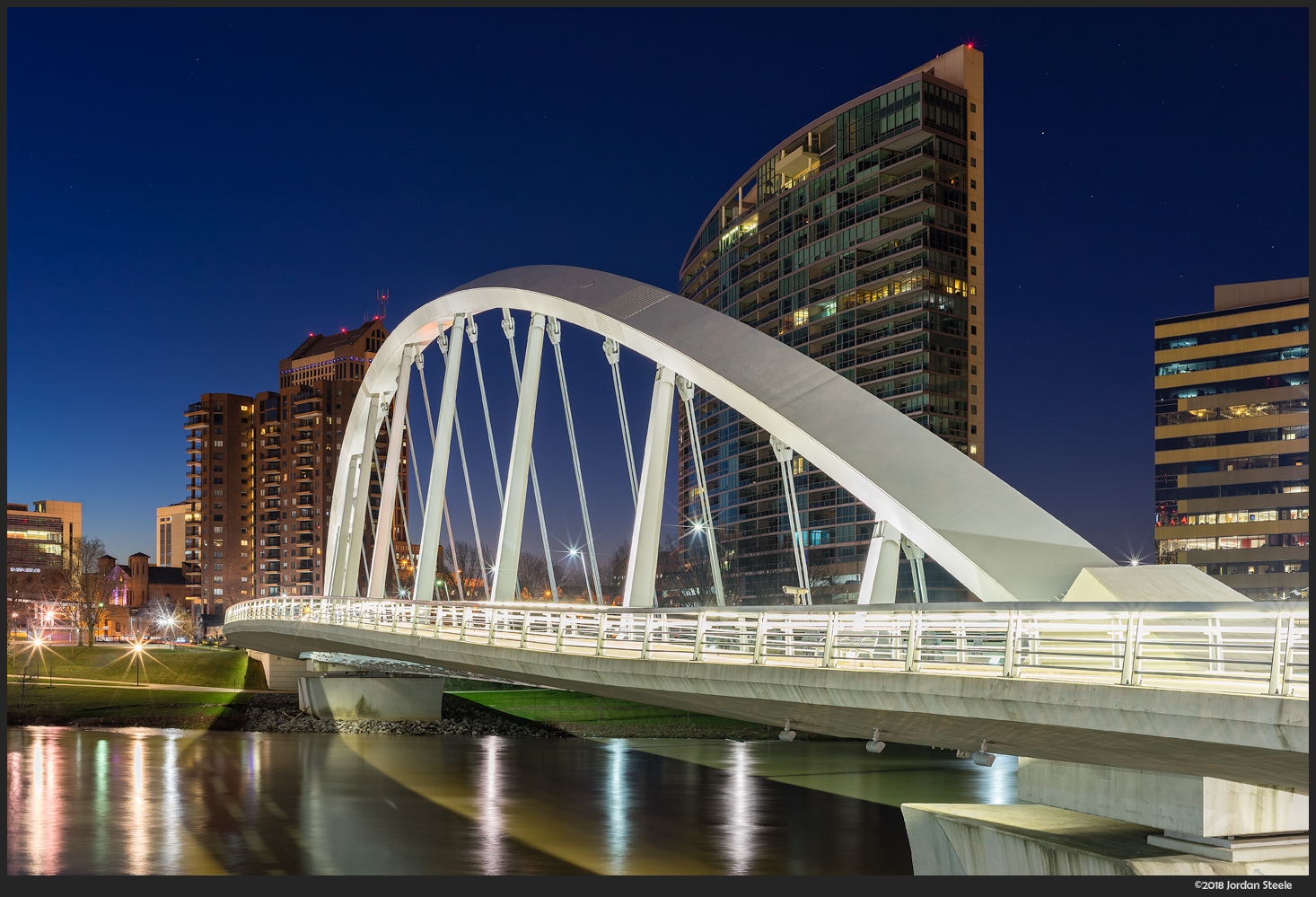
At close-focus distances, and especially between 0.3m-0.5m, the spherical aberration overwhelms the image at f/1.4, making the image quite soft, and still causes a big impact at f/2. As such, when focusing close up, you’ll definitely want to stop down if you want detail in the final image. By f/2.8, the spherical aberration is mostly gone and the lens is right back to a very good level of sharpness. However, closer than half a meter is rather close, and you generally won’t be focusing this closely for people shots or most general shooting, so in real world use it doesn’t pose much of an issue.
There is some focus shift when stopping down, so in general you’ll want to focus fairly close to working aperture if you can. Also, as mentioned, at further focus distances field curvature comes into play, so you’ll want to keep an eye on both the central and edge areas when focusing near infinity. When shooting at f/8-f/16, focusing at or very close to the infinity stop seems to do quite well.
Color, Contrast and Chromatic Aberration
The Nokton 35mm f/1.4 is similarly affected in the contrast department by the spherical aberration at wide apertures. At f/1.4, the lens produces fairly low contrast images…a main point in that ‘classic’ rendering. Stopping down to f/2 provides a notable contrast boost, and by f/2.8, contrast is quite good. Color is pleasing, with excellent smooth tonal rolloff. As you can see from the Main Street Bridge photo above, the Voigtländer 35mm f/1.4 has a very pleasing color and contrast profile. It provides good macro contrast stopped down, and differs from many modern lenses in that it isn’t particularly strong in the microcontrast department. Surprisingly, I found I love this rendering for shots in the blue hour, such as that above…it’s a really pleasing look, with tonal contrasts that just look great. I will say that while I generally have a post-processing routine that I use for most shooting, I don’t think I’ve used a lens where I’ve done so little in post. The vast majority of images in this review have very little work done to them. A change in RAW to the ‘medium contrast’ profile (which I do for all my shots), perhaps a pull back on the highlights or a small boost in shadows, and the application of the RAW lens profile for vignetting and distortion is all that was done in many of the shots presented.
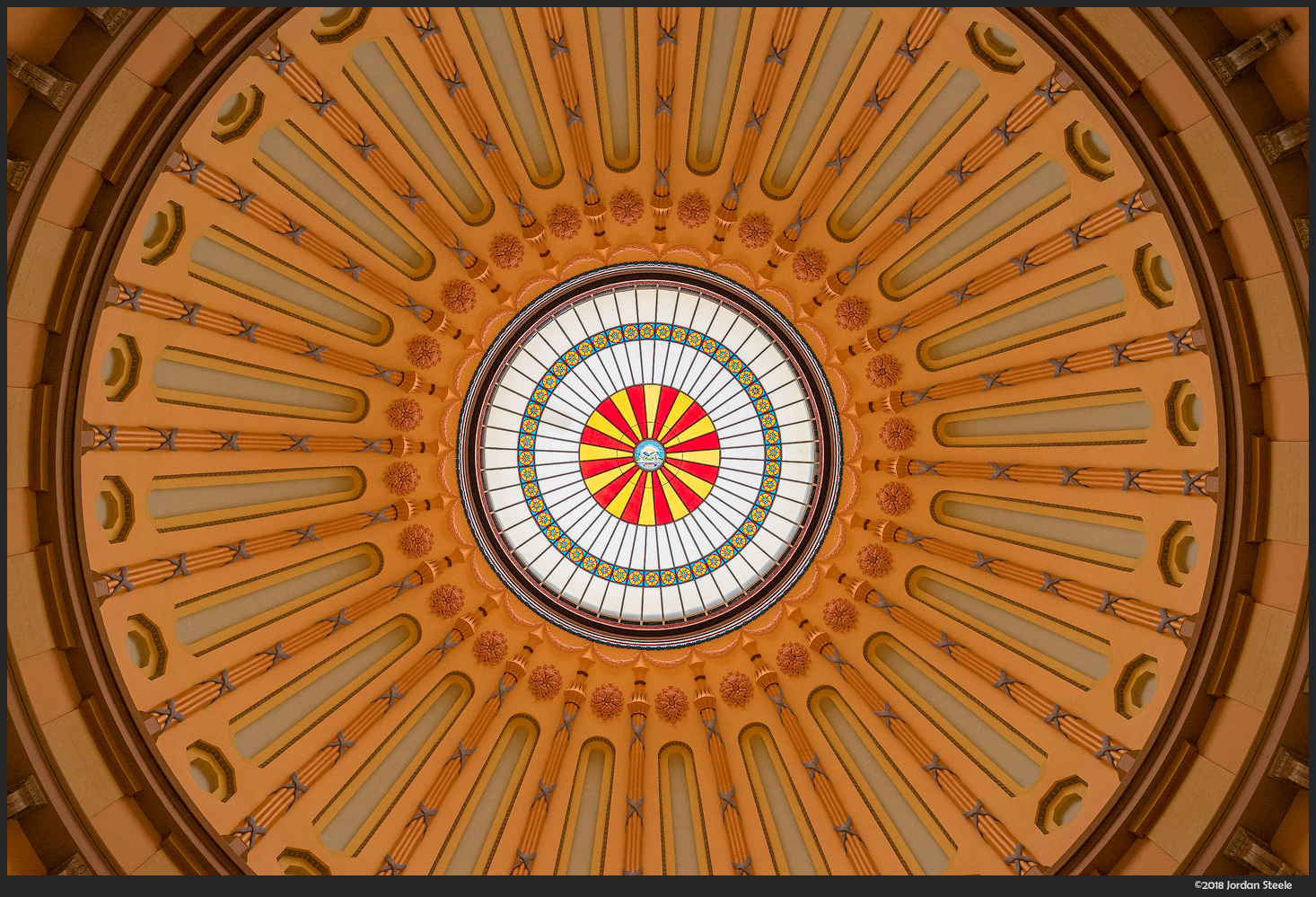
The 35mm f/1.4 does have some chromatic aberrations, especially at wider apertures, but they aren’t nearly as bad as I expected. There can be a bit of spherochromatism, showing a green or magenta fringe on out of focus areas, but it is generally pretty mild and only became visible in certain situations. Lateral CA is really not an issue in my experience with the lens. One area that can show up is purple fringing at f/1.4, which can range from subtle to fairly prominent depending on the edge contrast in the image. At f/2, it’s drastically reduced (and gone in most cases, persisting only around things like light sources), and by f/2.8 it’s effectively gone everywhere.
Bokeh
Here is perhaps the most divisive section with regards to image quality. The 35mm f1.4 Nokton Classic has a….different….rendering of out of focus highlights. Wider than f/2, the bokeh can be a bit wild. It’s shows a bright ring outline on specular highlights, and some wild chunky rendering of the background. In some situations, this is very unpleasant (and depending on your taste, you might not like it in almost all situations). In others, I really like the character of the bokeh. An example is below at f/1.4. No one would call this smooth, but I like the look…in the right circumstances. Indoors, and in shots like the one below, I am quite fond of the bokeh, but I know some will find it completely unacceptable. In a lot of outdoor situations, it can be too much.
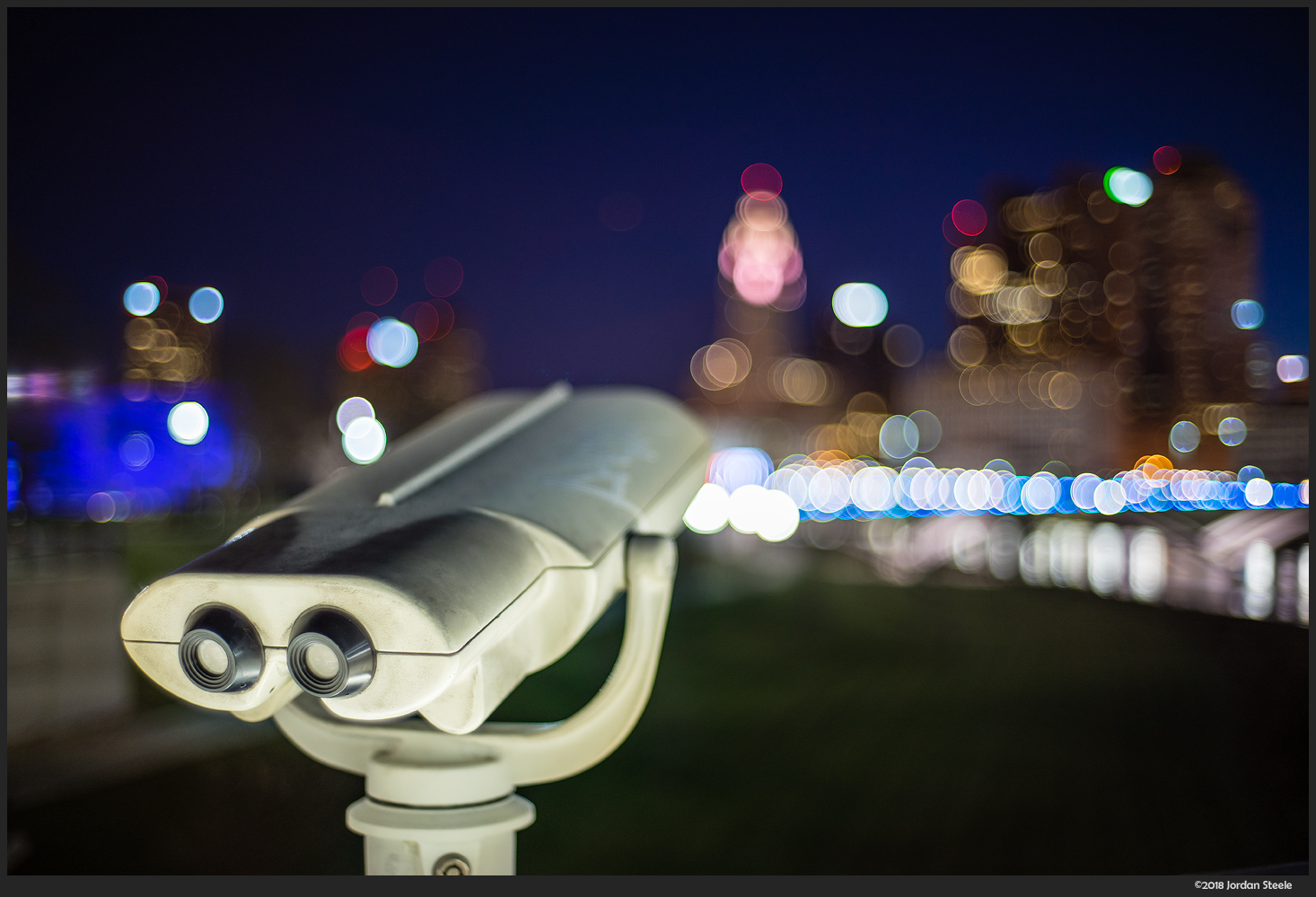
Thankfully, the bokeh loses a lot of its hard edge when stopped down to f/2, and even more so when at f/2.8 and smaller. At these apertures, it’s not super smooth, but the bright outline on specular highlights predominantly goes away and overall nervousness eases a fair bit. The lens has a 10 bladed aperture so decagon-shaped specular highlights are visible, but they’re still fairly close to a rounded shape and are not distracting. Check out the image below in the vignetting section, as well as samples at the end of the review for many more examples at a variety of apertures.
Distortion, Flare, and Vignetting
Let’s start with the good news: the Voigtländer 35mm f/1.4 performs rather well with regards to flare. When the sun is in the frame, there is minimal contrast loss, and very little ghosting, with only a small purple or green ghost appearing near the center of the frame. It can produce rather large red flares with the sun out of frame at just the right angle, but repositioning should generally be able to eliminate that. The hood really doesn’t have an impact on flare performance, so you may choose to use it or not at your preference, without worrying about impacting image quality.
Vignetting is a different story. One of the compromises in creating a very compact 35mm f/1.4 with a very small front element is rather hefty vignetting. I generally like a bit of vignetting, and so in many cases I don’t bother to correct it, but there are certainly cases with this lens where you will want to correct the vignetting. At f/1.4, vignetting is very high, producing significantly darker edges and corners and a sort of ‘glowing center’ look. this can be really pleasing in many cases, but you’ll often want to do at least some correction. Vignetting improves upon stopping down, but never disappears. Even at f/11, there is still some visible corner shading. Below you can see the very pronounced vignetting at f/3.2:
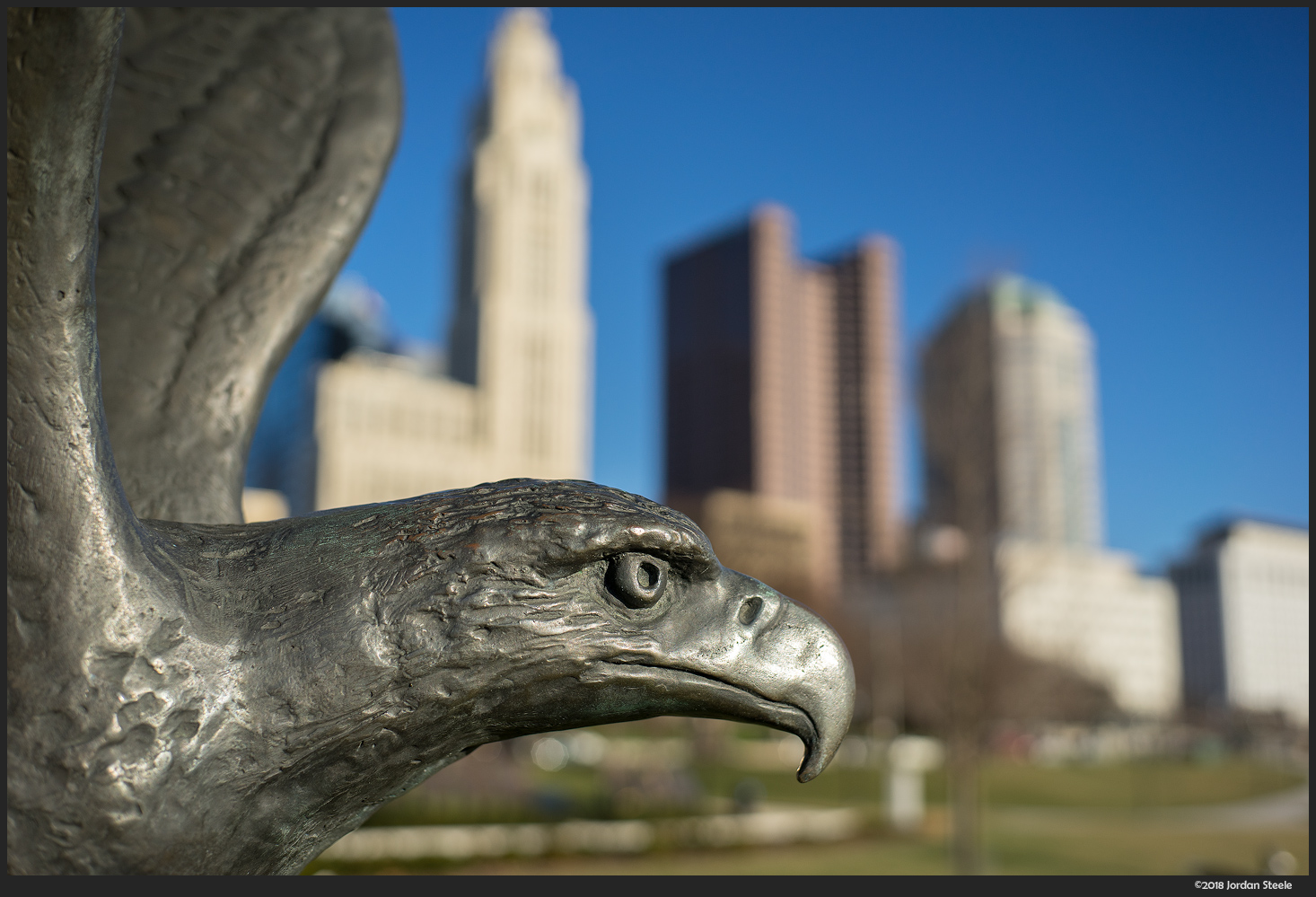
Thankfully, the vignetting (and distortion) are correctable with a lens profile. There is a profile auto-applied in JPEG images, and if you use Lightroom, the existing profile for the Leica M mount version of this lens works very well to properly correct both vignetting and distortion, until Adobe adds the profile for this particular lens.
As mentioned, there is distortion to be corrected, with barrel distortion that is worse at closer focus than at a distance. Near infinity, there is some distortion visible, but it’s fairly minor. Focused close up, the barrel distortion becomes rather heavy, so you’ll want to correct it if you have straight lines in the image in those situations.
Sunstars and Coma
A quick note on coma: this is not an astrophotography lens. At all. Coma at f/1.4 is absolutely awful, with huge oblong flares from point light sources. Coma is still very prevalent at f/2, and still somewhat visible at f/2.8. By f/4, things seem to be fairly good, but at that point you’re closed down a bit too much to make shooting the stars much of an option.
Like many Voigtländer lenses, though, the lens produces excellent sunstars around point light sources stopped down. Check the image samples for those lovely 10 pointed stars.
Overall, the 35mm f/1.4 has a fair number of aberrations. It’s not a modern clinical lens, but I do think that the aberrations mostly work well together, creating a classic look wide open and they predominantly eases stopped down, allowing for quite pleasing image quality in a variety of situations. However, this is not going to be a lens that everyone enjoys. It’s not a Zeiss FE 35mm f/1.4 in a smaller package, it’s a 35mm f/1.4 with a rendering that you’ll either like or hate. Personally, I really like it.

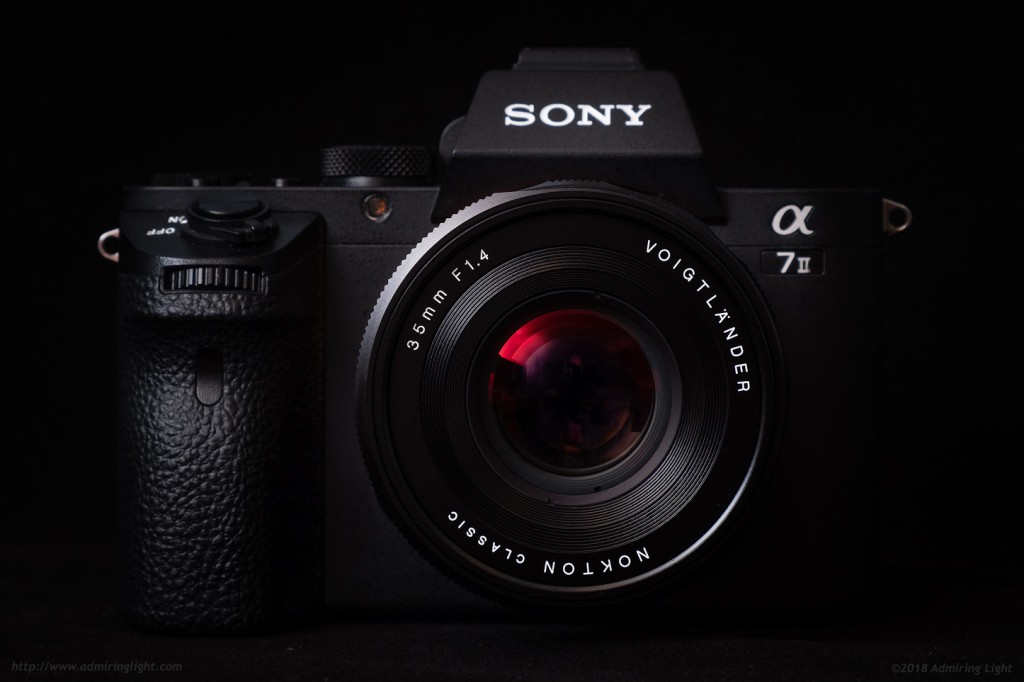

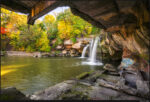

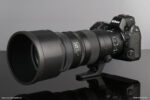
Leave a Reply